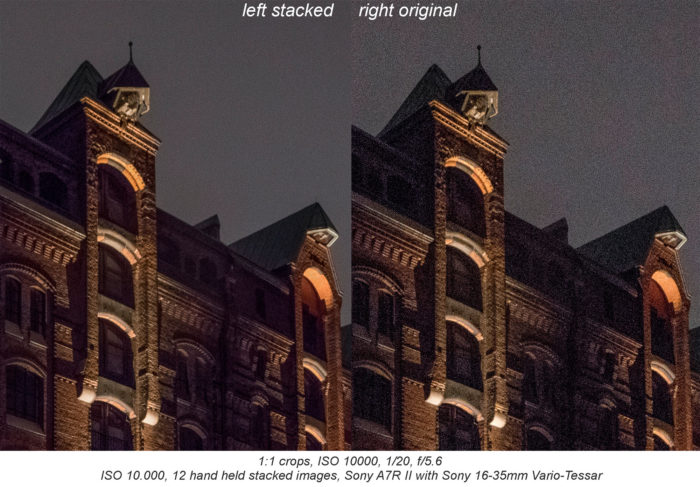Challenge Assignment for the week of May 11th
This week lets try some evening or night long exposures into which we introduce some artificial light. The image below is one example of using a long exposure to capture a room lit by night light from the exterior, and light from the interior is introduced to create a ghost-like image.

How I Exposed My Sample Image
To create this image, I opened the curtains of the room, introducing a little bit of night light into the room. I place the camera on a bookshelf (a tripod would be best, but anything firm will do), the camera indicated a one-minute exposure would work. I set the camera to one minute. I put the camera timer on so that when I depressed the shutter button, there would be time for the camera to be perfectly still when the shutter went off. When the shutter opened, I momentarily turned a lamp in the room on and stepped into the shot. I held a pose for the count of five, then stepped out of the shot and turned the lamp off. I did this several times until I was happy with how long to stand with the lamp on and the positioning of everything in the frame. Make sure you do a lot of experimenting with your capture to explore the possibilities thoroughly.
If you are a little rusty on long exposures, don’t worry you can review the material found on this site at the following link: https://photography.edwardpeck.com/1-intro-setup-triad-and-practice/5-2/
My method is just one of many ways of approaching this challenge. For example, instead of a lamp, you could use flashlights or other sources of light. You could introduce candles into the image to see what that source of light might do during a long exposure. Don’t be afraid to experiment even if it goes wrong; mistakes often lead to unique and creative images. This challenge should be a lot of fun. If you feel like setting up outside this works as well.

















